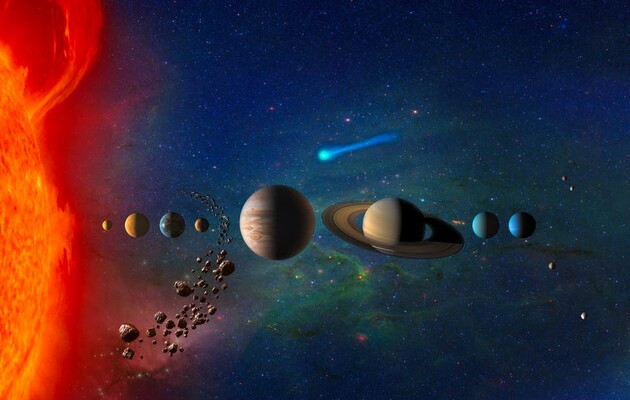Researchers believe that planets and stars are born and grow in parallel.

Scientists from the Institute of Astrophysics of the University of Cambridge stated that the Earth and other planets of our system could have appeared much earlier than previously thought. According to researchers, planets and stars appear simultaneously and grow in parallel, reports Forbes.
Existing theories of the formation of planets assume that they appear only when the stars reach their full size. The sun appeared approximately 4.6 billion years ago from a cloud of dust and gas, from which the planets were later formed.
Read also: Perseverance rover found strange “threads” on the Red Planet
« We have a pretty good idea of how planets form, but we have one unsolved question: when do they form. “Planet formation begins early, when the parent star is still growing, or millions of years later?”, said Amy Bonsor, lead author of the study.
During the study, scientists used the ALMA system, which is located in Chile, to study the atmosphere of white dwarfs – the remnants of sun-like stars. Their atmosphere is polluted with elements such as magnesium, iron and calcium, which, according to scientists, got there as a result of falling asteroids.
It is believed that the formation of planets begins with a disk of hydrogen, helium and particles of ice and dust, revolving around a young star. When dust particles combine, planetesimals appear, which over time increase in size, turning into asteroids or planets.
But in the course of a new study, scientists found out that planetesimals can appear almost immediately. According to researchers, planets are beginning to form together with the star.
Related video
Earlier scientists from Canada discovered an exoplanet that is 100 light-years away from Earth and is probably completely covered with water . TOI-1452 b revolves around one of the two small stars located in the constellation Draco.



